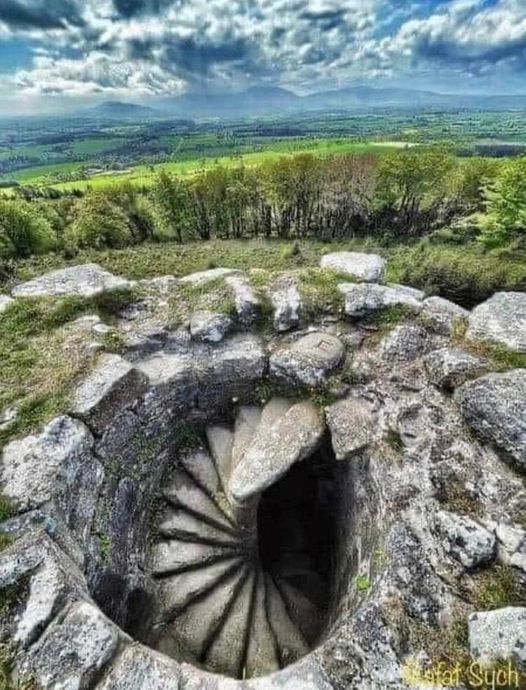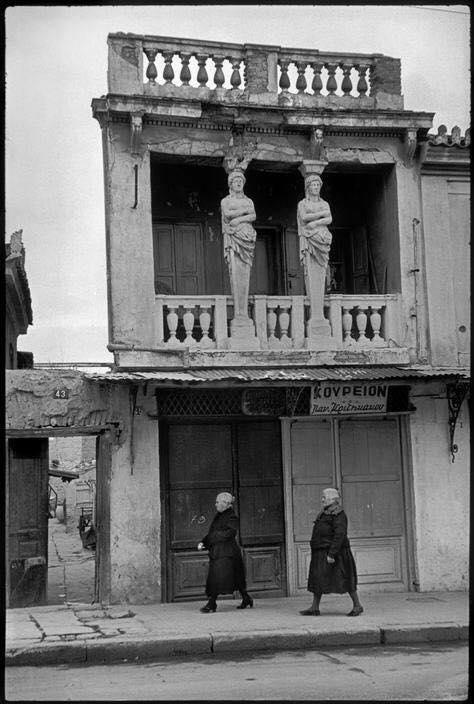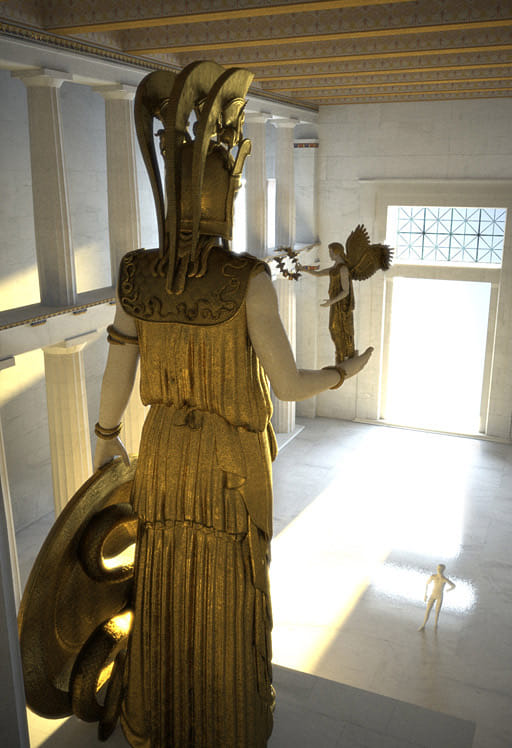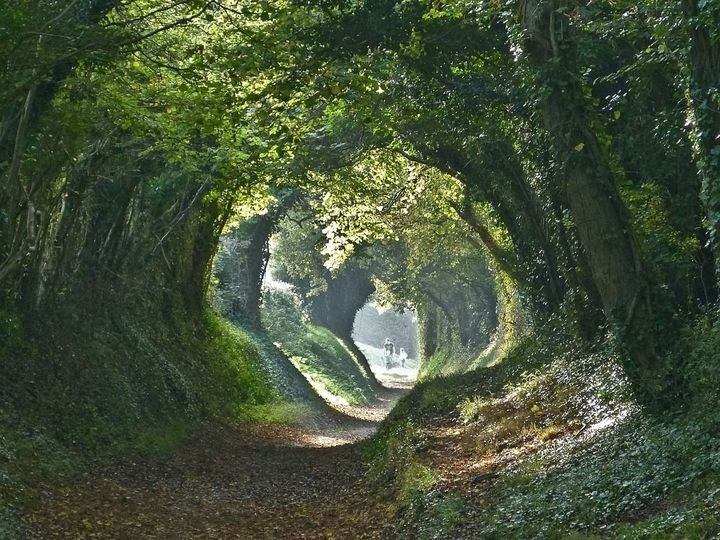An engineer, an architect, mathematician or a devotee ? Without knowledge of geometry, mathematics, physics, engineering, how is it possible ?
Chand Baori: World’s Largest and Most Visually Striking Stepwell.
Chand Baori stepwell was built during the 8th and 9th centuries and has 3,500 narrow steps arranged in perfect symmetry, which descend 20m to the bottom of the well.
In the northern Indian states of Rajasthan and Gujarat, the problem of water is a profound one. Centuries ago, the stepwells were built in these areas to provide water all year through. These wells acted as the reservoirs or the storage tanks that can store large amount of water and keep it cool as well.
Known variously as baoris, baolis and vav, stepwells have steps built into the sides that can be descended to reach the water at the bottom. Stepwells are generally larger than common wells and are often of architectural significance, just like Chand Baori – one of the oldest and most famous step-wells in India.
Chand Baori is a deep four-sided structure with an immense temple on one face. This incredible square structure is 13 stories deep, and lined along the walls on three sides are double flight of steps. 3,500 narrow steps arranged in perfect symmetry descends to the bottom of the well 20 meters deep to a murky green puddle of water. One side of the well has a pavilion and resting room for the royals.

While there is no documentation about its construction, it’s commonly believed to have been commissioned under the rule of King Chanda of the Nikumbha dynasty, between the 8th and 9th centuries.
Considered one of the best-kept, hidden gems of India, Chand Baori is not easy to find since it’s slightly removed from the usual travel circuit of Rajasthan. But it deserves all the praise heaped on it. Chand Baori is located in a small town by the name of Abhaneri, about 93 kilometres from Jaipur, the capital city of Rajasthan. The place was called Abha Nagri (City of Brightness) but, with time Abha Nagri became AbhaNeri.
The steps and the whole surrounding is a fine example of architectural expertise of the great Indian architectures. It also displays the geometrical intelligence of the architects of the bygone era. The steps form a magical maze and the consequent play of light and shadow on the structure gives it a captivating look.
In addition to conserving water, Chand baori also became a community gathering place for the Abhaneri locals. The townsfolk used to sit around the step well and cool off during the summer days. At the bottom the well the air is always about 5-6 degrees cooler than at the top.
Adjoining the baori are the ruins of the Harshat Mata temple, built in the 9th century shortly after Chand Baori was built. It was a ritual for pilgrims to wash their hands and feet at the well before entering the temple. This temple was destroyed during the 10th century by Mahmud Ghazni. Its many pillars, columns, and statues now lie scattered in the temple courtyard.
Chand Baori is no longer an active well and is maintained by the Archeological Survey of India. Chand Baori was featured in the movie The Fall and also made a small appearance in Christopher Nolan’s blockbuster The Dark Knight Rises.
Chand Baori Stepwell look like an inverted pyramid, Abhaneri, Rajasthan, India
Chand Baori looks like an inverted pyramid in this aerial view;
Stepwell in ancient India
The earliest stepwells date to around 550 A.D., but the most famous of them were built in medieval times. There are suggestions that they may have originated much earlier, and precursors to them can be seen in the Indus Valley civilisation. It is estimated that more than 3,000 stepwells were built in northern Indian states. Although many have fallen into disrepair and have been filled in with trash in the modern era, hundreds of wells still exist.
Chand Baori stepwell, One of the most intricate, deepest and largest stepwell in India, called Chand Baori (or Baoli/Baodi meaning stepwell), is located in the village of Abhaneri near Bandikui, Rajasthan.










